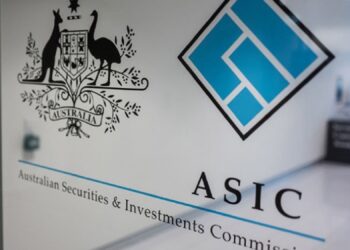There has been a divide between the outcomes of emerging markets and the effect of COVID-19 with Asian markets coming out the crisis and Latin American ones feeling the brunt of the downturn.
According to MSCI, the emerging markets index lost 3% since the start of the year but Asian markets had performed better than this.
The divide indicated it was not enough for investors just to have ‘global emerging market’ exposure in portfolios but that country-specific allocations were becoming more important.
China and Taiwan, the two largest country constituents in the MSCI Emerging Markets index at 40% and 13% weightings respectively, had both seen positive returns since the start of the year.
China’s stockmarket Shanghai Composite returned 7% over the same period. In comparison, the ASX 200 had lost 7% over the same period.
MSCI China returned 12% since the start of year to 23 July while Taiwan returned 7.7%.
Asia was one of the first areas to report the virus and had consequently been one of the first to exit it.
At the other end of spectrum, Latin American countries suffered with Colombia being the worst emerging market with losses since the start of the year of 40%. Meanwhile, Brazil and Peru lost 29% and Mexico lost 26%.
Brazil was one of the worst-affected COVID-19 countries with deaths surpassing 82,000. This combined with troubles in the Government and a low oil price. Its Bovespa stockmarket lost 30% over the same period.
However, Argentina, which only became an emerging market in 2019 after previously being demoted to a frontier market, managed to buck the Latin American trend with losses of only 2.5%.
According to FE Analytics, within the Australian Core Strategies universe, only one emerging market fund has reported positive returns since the start of 2020 to 30 June, 2020. This was the GQG Partners Emerging Markets Equity fund which returned 0.48%.
This fund had China as its largest weighting at 35.4%, although this was an underweight to the benchmark, followed by India at 14.5%. However, it also held 12% in the United States which was not a region usually invested in by emerging markets.
The wider emerging market sector lost 9.6% over the period.





